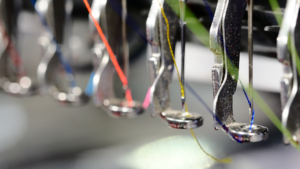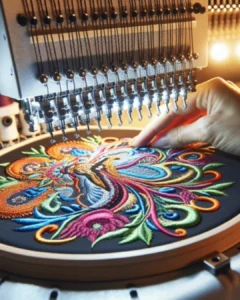How To Optimize Your Embroidery Designs For Different Fabrics
Ever wondered why embroidery designs sometimes look fantastic on one type of fabric but not so great on another? If you’re scratching your head over why your embroidery doesn’t always turn out the way you envisioned, you’re not alone. The fabric you choose plays a significant role in how your final design looks. Let’s figure out together how you can optimize your embroidery designs for different fabrics.
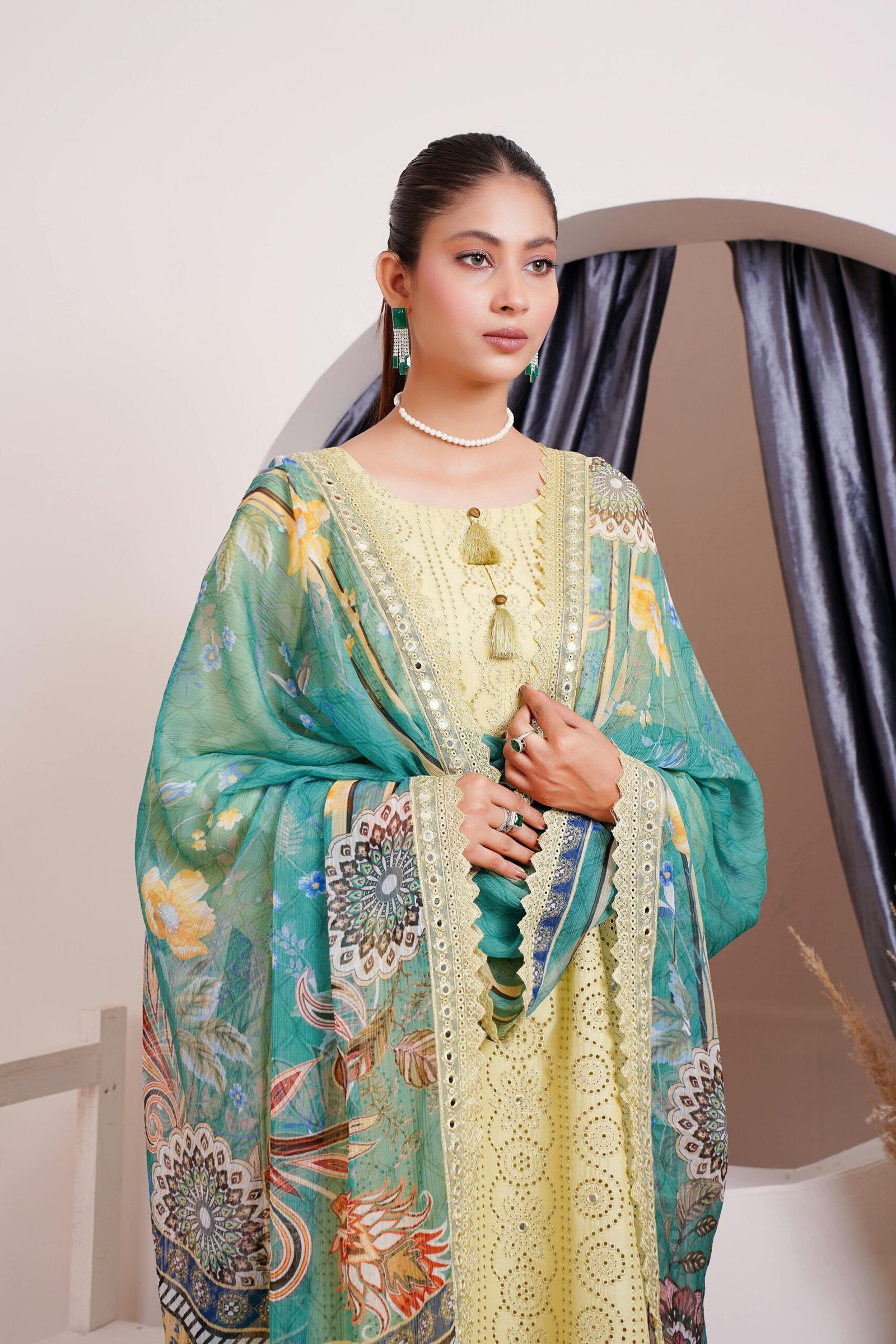
This image is property of images.pexels.com.
Understanding the Basics of Fabric Types
Embroidery isn’t a one-size-fits-all craft. Different fabrics have varying textures, thicknesses, and stretchiness, all of which can affect your embroidery results. Here are a few of the most common fabric types you’ll encounter:
Cotton
Cotton is one of the most popular fabrics for embroidery due to its smooth texture and availability. It’s a non-stretch fabric, making it stable and easy to work with.
Linen
Linen has a slightly textured surface and is more lightweight than cotton. It can give embroidery a more rustic, handmade look.
Silk
Silk is luxurious and smooth but can be slippery. It requires careful handling and stabilization.
Polyester
Polyester is another fabric commonly used in embroidery. It’s synthetic, making it durable and less likely to shrink or wrinkle.
Stretch Fabrics
These include knits and Lycra. Stretchy fabrics can be a bit challenging since they can distort during embroidery.
Denim
Denim is thick and durable, perfect for heavier, more robust designs. However, its thickness can also pose challenges.
Choosing the Right Embroidery Stabilizer
The type of stabilizer you use can make or break your embroidery project. It helps to keep the fabric in place and ensures that your design is accurate. Here’s a quick guide to help you choose the right one:
| Fabric Type | Recommended Stabilizer |
|---|---|
| Cotton | Tear-away |
| Linen | Tear-away |
| Silk | Wash-away or cut-away |
| Polyester | Cut-away |
| Stretch Fabrics | Cut-away |
| Denim | Cut-away |
Tear-away Stabilizer
Tear-away stabilizers are ideal for non-stretch fabrics like cotton and linen. They provide support during stitching and can be easily removed afterward.
Cut-away Stabilizer
Cut-away stabilizers are best for stretchy or heavy fabrics like polyester and denim. They remain in the fabric after trimming, providing ongoing support.
Wash-away Stabilizer
Perfect for delicate fabrics like silk. It dissolves in water and disappears after you’ve finished your embroidery, leaving no residue.
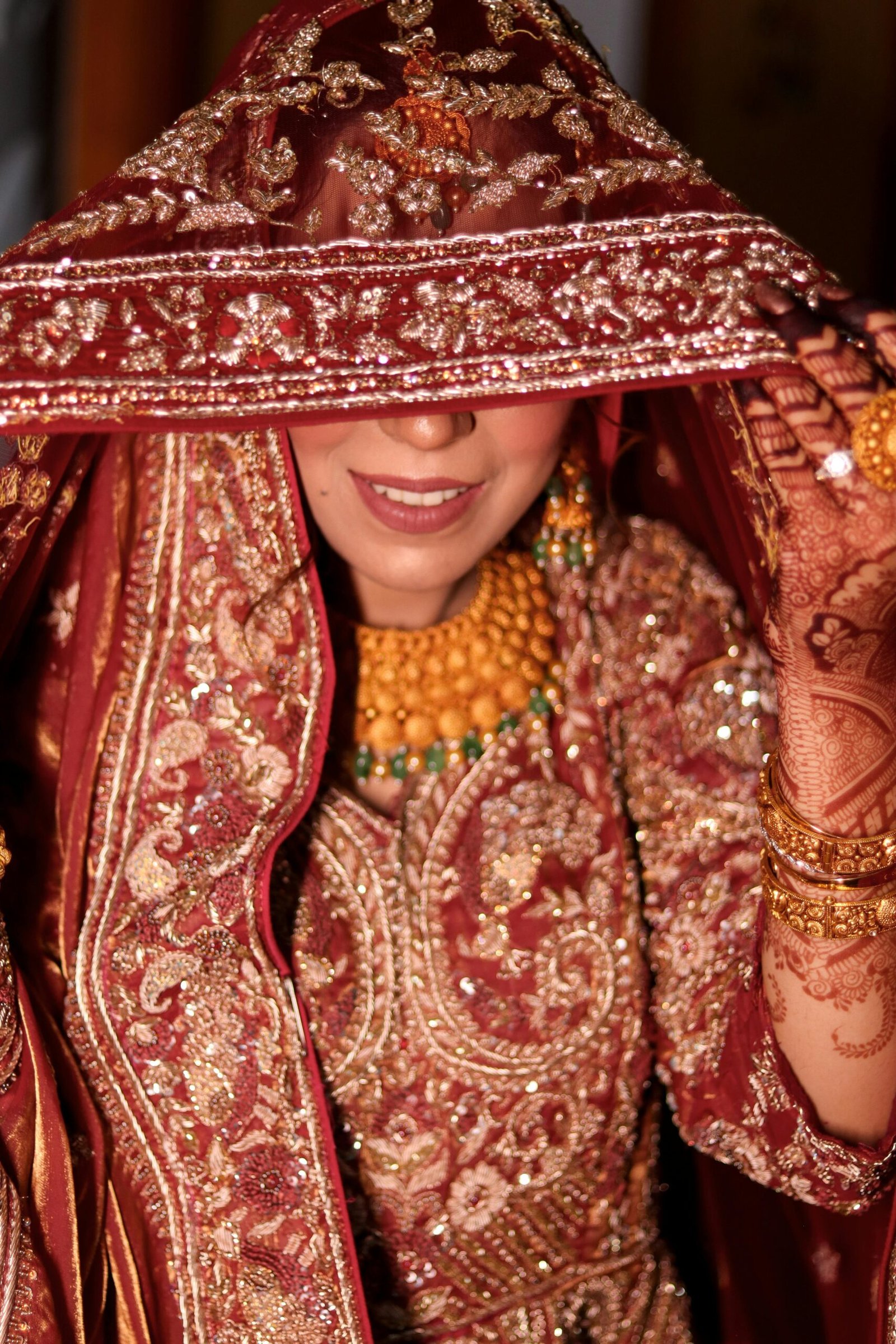
This image is property of images.pexels.com.
Selecting the Right Needle and Thread
Embroidery requires specialized needles and threads to achieve a professional look. The interaction between needle, thread, and fabric is crucial.
Needles
Different fabrics require different needles. Here’s a quick guide:
| Fabric Type | Recommended Needle |
|---|---|
| Cotton | Size 75/11 or 90/14 |
| Linen | Size 75/11 |
| Silk | Size 60/8 or 70/10 |
| Polyester | Size 75/11 or 90/14 |
| Stretch Fabrics | Ballpoint Size 75/11 |
| Denim | Denim needle Size 100/16 |
Threads
The type of thread can also affect the end result. Choose threads based on your fabric and design needs:
| Fabric Type | Recommended Thread |
|---|---|
| Cotton | Cotton or polyester |
| Linen | Cotton or silk |
| Silk | Silk or rayon |
| Polyester | Polyester |
| Stretch Fabrics | Polyester or cotton-wrapped polyester |
| Denim | Polyester or cotton-wrapped polyester |
Adjusting Your Embroidery Design
Different fabrics require different design considerations. Your design should be suitable for the fabric’s characteristics to ensure that it looks its best.
Density of Stitches
Adjusting the stitch density is crucial. Dense stitches on thin fabric can cause puckering, while light stitches on thick fabric may not stand out.
Size of the Design
The size of your embroidery design also matters. Large designs on delicate fabrics can cause distortion. Conversely, small designs on heavy fabrics might not be visible.
Types of Stitches
Different fabrics are more suited for different types of stitches. For example, satin stitches look great on smooth fabrics like silk, while running stitches work well on textured fabrics like linen.
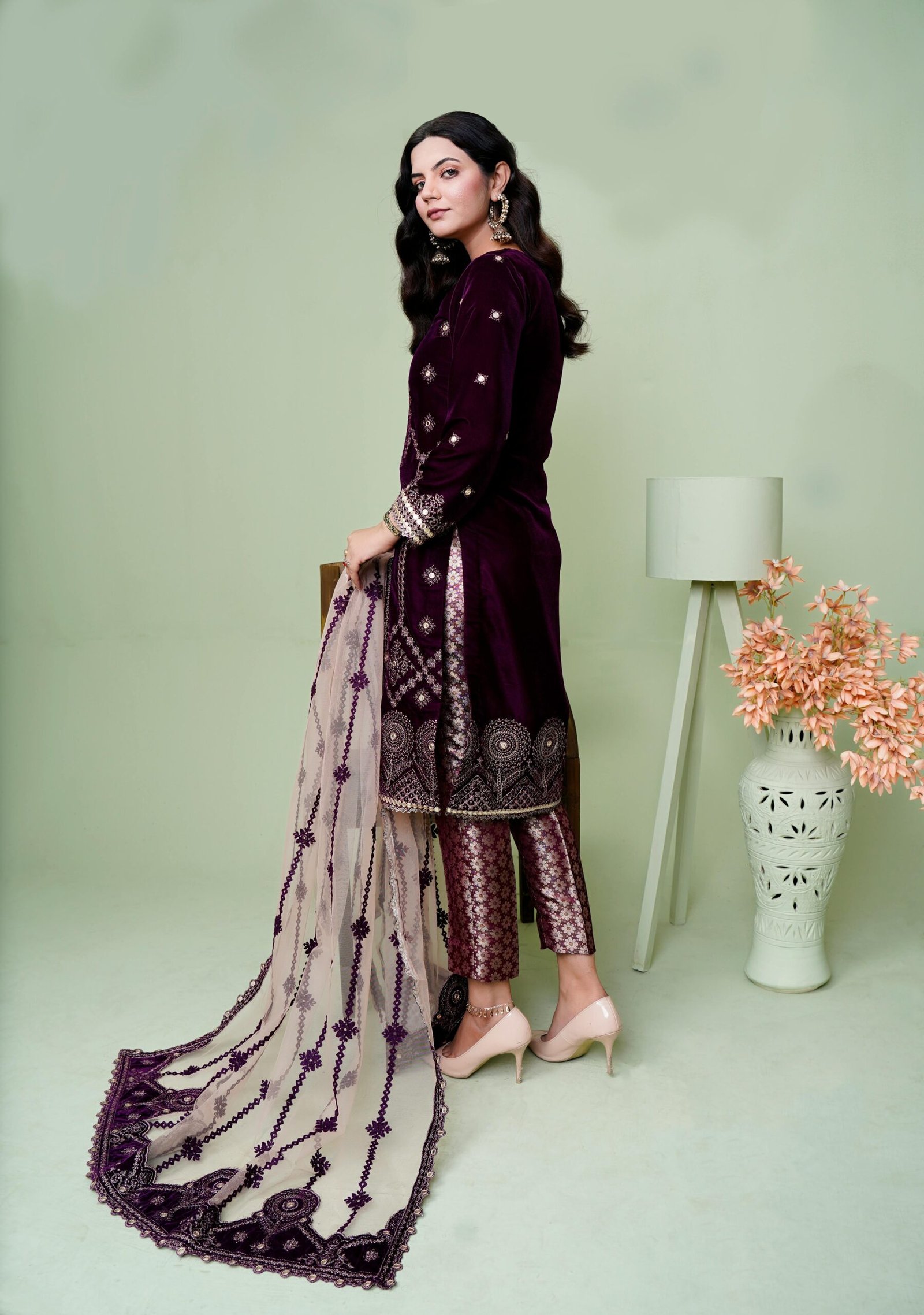
This image is property of images.pexels.com.
Testing and Tuning
Sample Stitching
Before starting your main project, stitch a small sample on the same type of fabric. This will help you make necessary adjustments to your design, stabilizer, needle, and thread.
Observe and Adjust
Take a good look at your sample stitch. Does it sit well on the fabric, or does it pucker or distort? Adjust accordingly and test again until you achieve the desired result.
Layered Fabrics and Applique
Sometimes, embroidery involves more than one layer of fabric. Applique is a popular technique that allows you to add layers to your design.
Choosing Fabrics for Applique
When selecting fabrics for applique, ensure that they complement each other. The applique fabric should be lighter or of the same weight as the base fabric.
Stabilizing Applique
Stabilizing is crucial for applique. A combination of cut-away and tear-away stabilizers often works best.
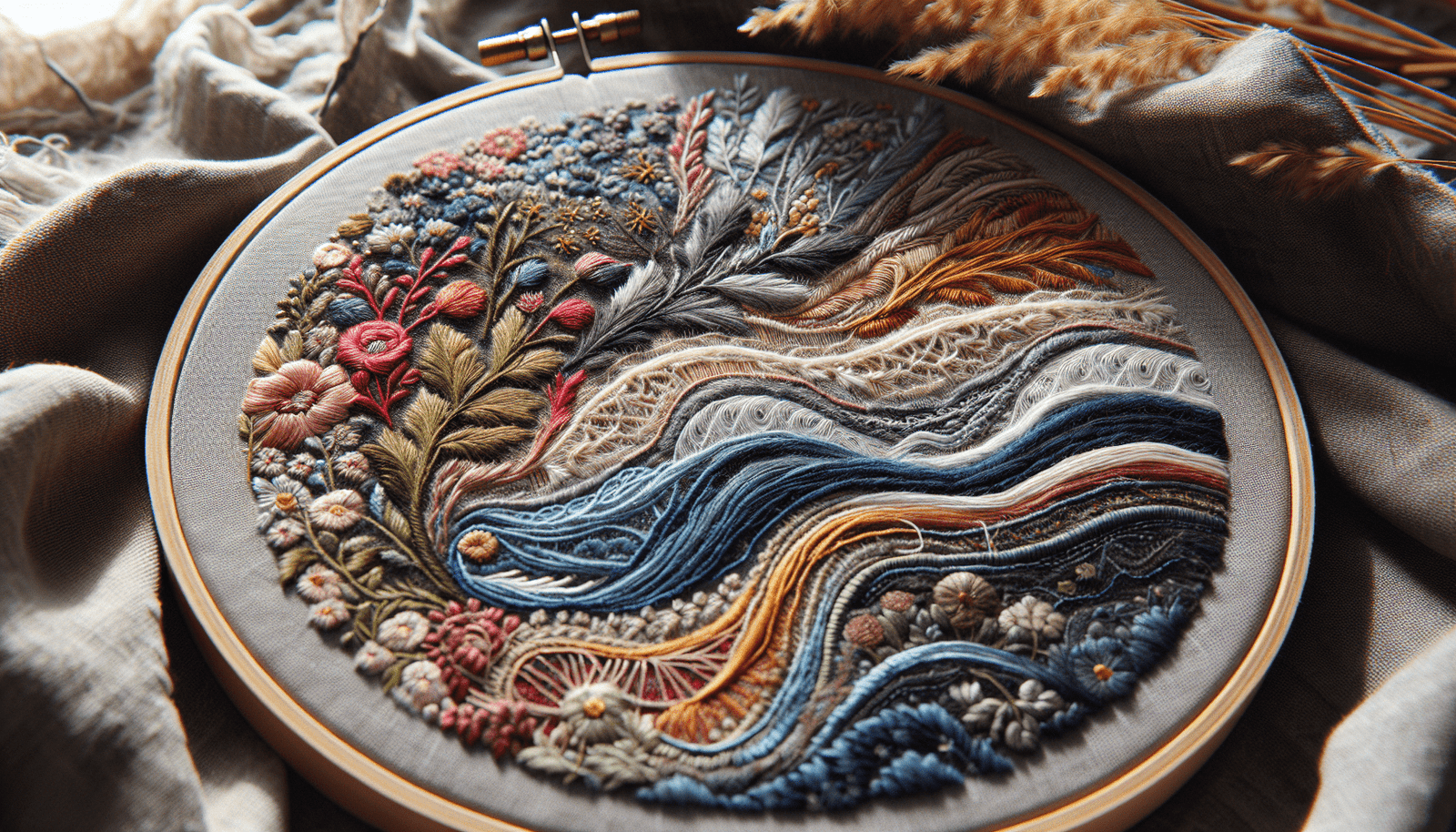
Handling Fabric Stretch
Stretch fabrics can be tricky since they tend to distort under the stress of embroidery. Here are some tips to handle stretch fabrics:
Using Ballpoint Needles
Ballpoint needles are designed to slide in between fibers rather than piercing them, reducing the risk of runs and snags.
Tighten the Hoop
Ensure that your hoop is tight enough to hold the fabric firmly without distorting it. This helps to prevent unnecessary stretching.
Dealing with Heavy and Thick Fabrics
Heavy fabrics like denim need extra support and different strategies to ensure successful embroidery.
Using a Heavy-Duty Needle
A heavy-duty needle specifically designed for thick fabrics can make a significant difference. This type of needle can handle the extra thickness and avoid breaking.
Stabilizing Properly
Use a robust cut-away stabilizer to provide maximum support. For extra sturdy designs, you might even consider using two layers of stabilizer.
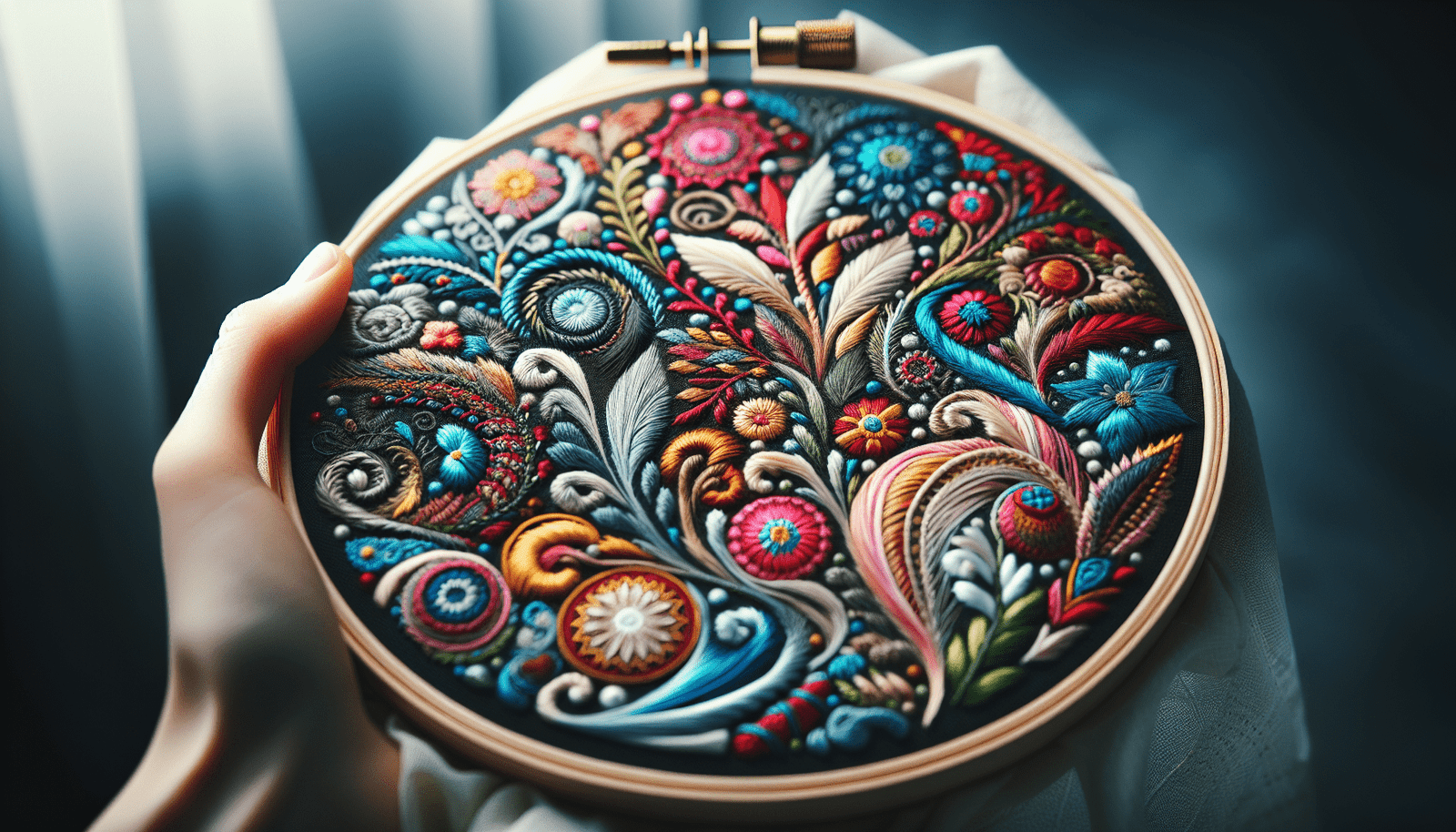
Embroidery Techniques for Delicate Fabrics
Silk, organza, and tulle fall under the category of delicate fabrics. Special care is required to ensure your embroidery looks elegant without damaging these fabrics.
Fine Needles
Use the finest needle your thread can handle without fraying. This minimizes the risk of holes forming in the delicate fabric.
Lightweight Stabilizer
Choose a wash-away or light cut-away stabilizer. These provide support during stitching and are easy to remove afterward.
Special Considerations for Linen and Burlap
These textured fabrics offer a unique look but require special techniques to ensure your embroidery design looks great.
Coarse Needle
Since linen and burlap are more open-weave fabrics, use a coarse needle that won’t get caught in the fabric weave.
Thick Threads
Choose thicker threads to make sure your design stands out against the fabric’s texture.
Thread Tension Adjustments
The thread tension plays a critical role in achieving a good embroidery result. Improper tension can lead to puckering, thread breaks, or uneven stitches.
Balancing Tension
Test and adjust both the bobbin and top thread tensions to find a balance that works for your fabric. Make small adjustments and test frequently.
Using a Thread Stand
A thread stand can help in managing the tension, especially when using specialty threads like metallic or silk. It ensures a more consistent thread feed.
Finishing Touches
Trimming Excess Threads
Once the embroidery is complete, carefully trim any excess threads from the back. This will help to give your project a clean, professional look.
Pressing the Fabric
Use a pressing cloth and a low heat setting to gently press the fabric and smooth out any wrinkles. Be very cautious with delicate fabrics to avoid scorching or distorting them.
Common Mistakes and How to Avoid Them
Skipping the Stabilizer
Never skip the stabilizer, irrespective of the fabric you’re using. It’s an essential part of the embroidery process and helps maintain the fabric’s shape.
Ignoring Fabric Grain
Always pay attention to the fabric grain. Embroidering against the grain can lead to distortions and an uneven design.
Overloading Designs
Adding too many intricate details can make designs look cluttered, especially on patterned or textured fabrics. Simplify your designs to match the fabric.
Tips and Tricks for Perfect Embroidery
Stay Organized
Keep your threads, needles, and stabilizers well-organized. Knowing exactly where everything is can save you time and effort.
Proper Hooping
Improper hooping is a common issue that can lead to distortions. Make sure your fabric is hooped tight but not stretched.
Consistent Practice
Like any other skill, practice is key to mastering embroidery. Regularly work on different fabric types to get a better understanding of how each one behaves.
Conclusion
Optimizing your embroidery designs for different fabrics can seem daunting, but with a little knowledge and practice, it becomes second nature. From choosing the right stabilizer and needle to adjusting thread tension and design intricacies, each step has its own importance. Remember, the fabric is your canvas, and with the right techniques, you can bring your most imaginative designs to life. So, roll up your sleeves, get your supplies in order, and start creating embroidery masterpieces that are as diverse as the fabrics they’re stitched on.

